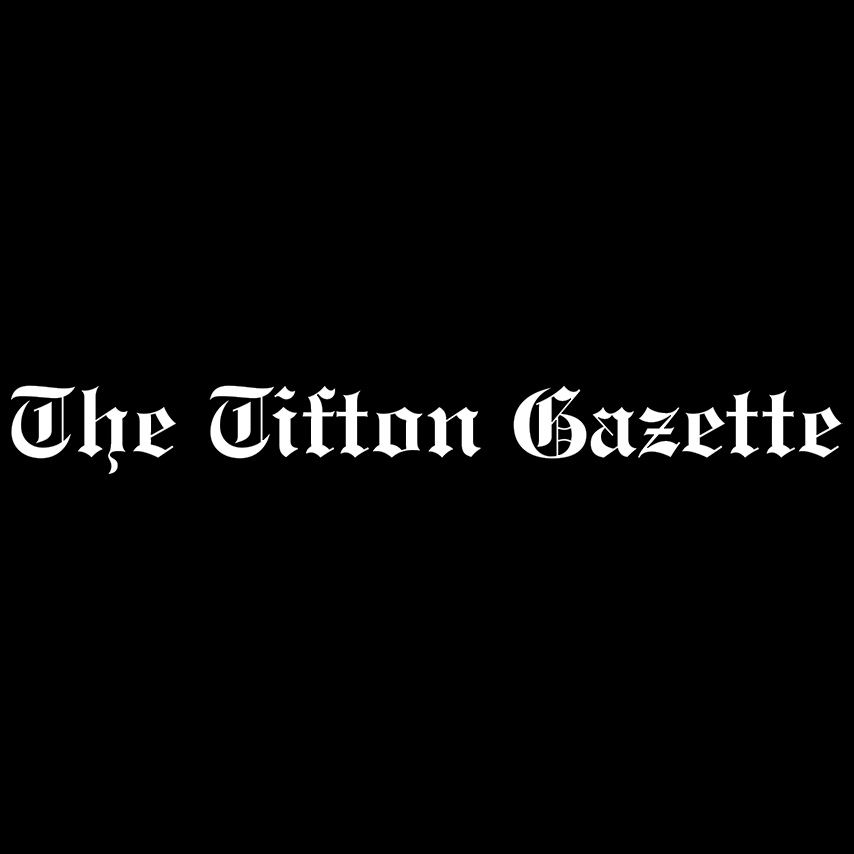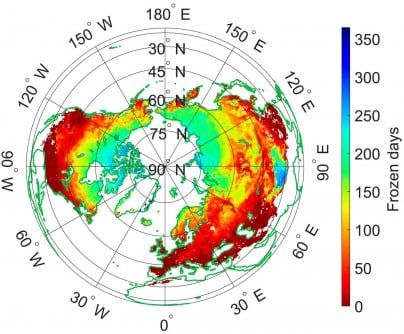The demand for observational time on the James Webb Space Telescope (JWST) has surged to unprecedented levels, with the Space Telescope Science Institute (STScI) reporting a record-breaking total of 2,900 individual proposals for its fifth observing year. This marks a significant increase from the 2,377 proposals received in the previous year and continues a trend of annual growth since the telescope’s launch.
As the JWST approaches its fifth year of operation, the astronomical community is increasingly eager to leverage its capabilities. The rise in submissions indicates not only a growing familiarity with the telescope’s potential but also the introduction of new initiatives designed to facilitate extended research. Among these is the Long-Term Monitoring Initiative, which enables scientists to request observational time across multiple cycles, enhancing the depth of their studies.
The fifth cycle, which will commence in July 2024, is notable as it coincides with the end of the JWST’s minimum designed lifespan. However, engineers project that the telescope could continue to function for as long as 20 years, owing to lower-than-expected fuel consumption. Despite this optimistic outlook, the sheer volume of proposals presents a logistical challenge. Each year, the JWST allocates approximately 8,000 hours to scientific programs, with the remainder dedicated to maintenance tasks. Given that many proposals require multiple hours of observational time, only about 8% are anticipated to be accepted.
The selection process involves a rigorous review by a committee of 550 volunteer reviewers, known as the Telescope Allocation Committee. These experts assess proposals on a double-blind basis, ensuring impartiality in the evaluation process. Nonetheless, the potential for bias remains, as experienced reviewers may recognize the research patterns of prominent institutions.
Several proposals this year necessitate collaboration with other observatories, including the Hubble Space Telescope and the Atacama Large Millimeter/submillimeter Array (ALMA). Coordination among these facilities is essential, particularly when scientific merit is contingent upon shared observational time.
STScI plans to announce the selected proposals for Cycle 5 in March 2024, paving the way for a new chapter in astronomical exploration. With the JWST’s operational future appearing promising and the number of ambitious proposals continuing to grow, it is clear that the scientific community remains committed to unlocking the mysteries of the universe.







